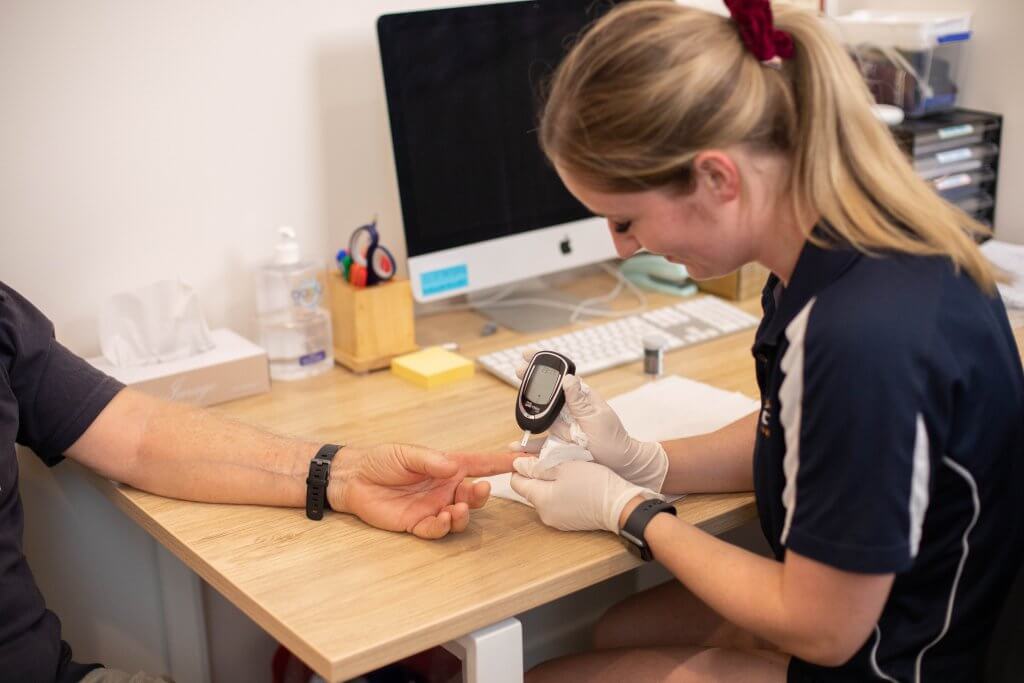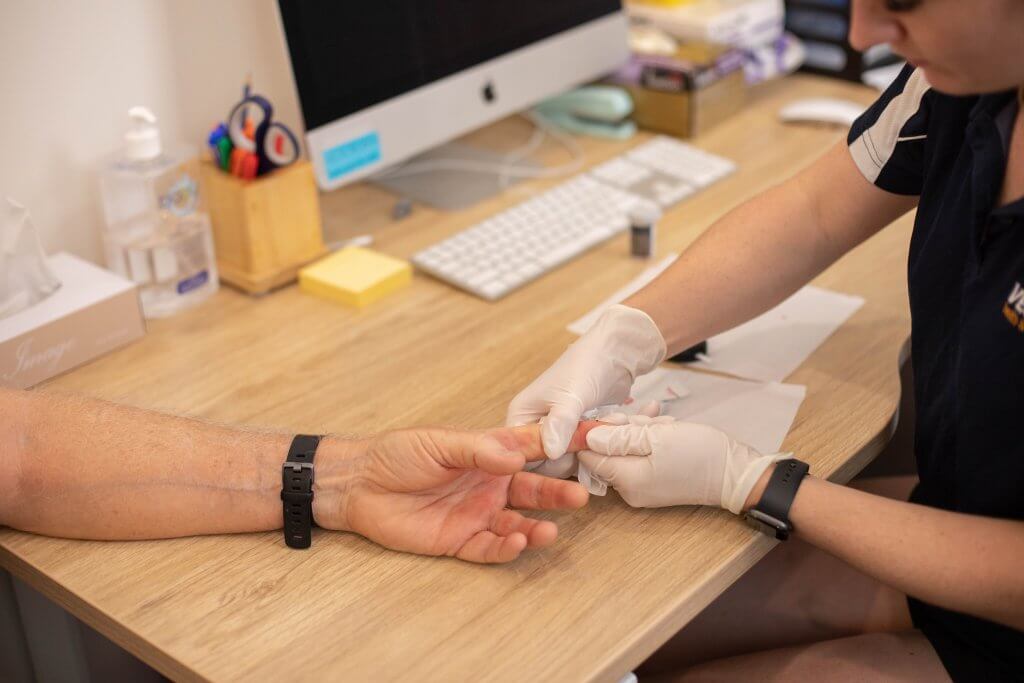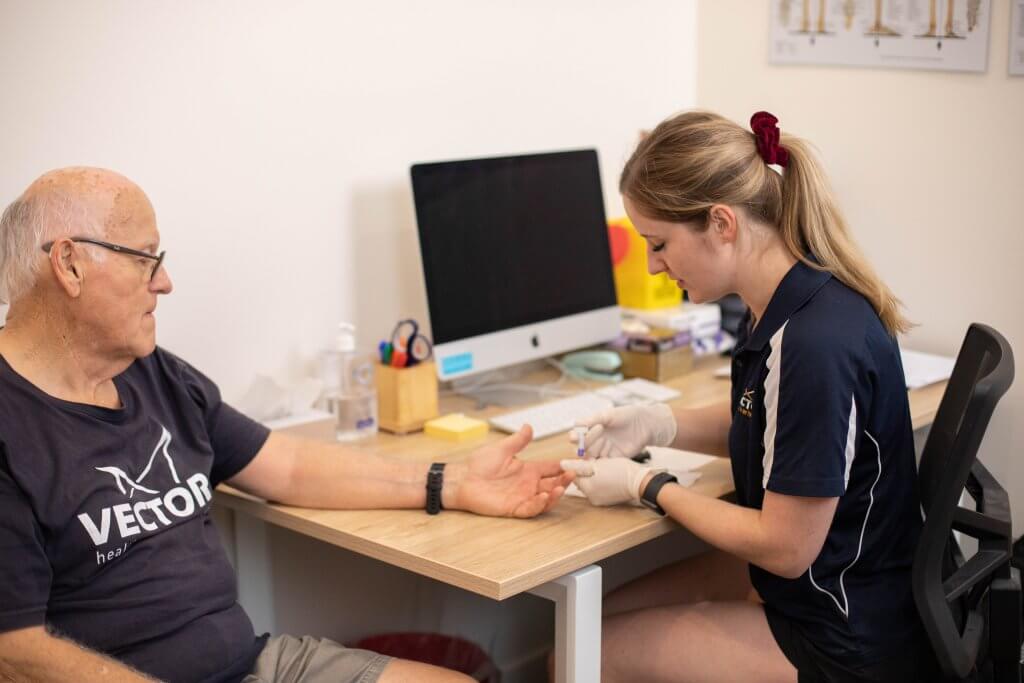Diabetes
How we can help.
The current gold standard for the ongoing management of Type 2 Diabetes Mellitus is lifestyle intervention, including regular structured and planned exercise. There are many physiological reasons for this, which I can make very complicated and hard to understand.
Or I can tell you a story.
Everybody has a large network of blood vessels within our body called the circulatory system, that works similar to an underground train system. Every day, passengers board the train to travel from one place to another. Every moment, cells move into the bloodstream to travel from the brain to the heart, or the kidneys, or the lunges, or the muscles in your legs, arms, fingers, and toes.

When diagnosed with diabetes mellitus, it means there are now too many passengers on the train – or too many sugar (glucose) molecules within our blood – and nowhere for these molecules to go. An underground train system is not a storage system, it’s a transport system. If the trains were to have too many passengers on the train for a really long time, you can imagine that the train would break down faster and develop greater wear and tear.
The same happens for our circulatory system. When sugar sits in our blood for extended periods of time, it attaches to our Haemoglobin (red blood cells) and makes them quite sharp. They can damage the walls of our blood vessels, allowing other molecules to seep into the lining kick-starting the formation of plaques and cardiovascular disease. It can do similar things to our kidneys, reducing their ability to filter waste and byproducts out of our bodies.


So how does exercise help? Repeated muscle contractions cause special proteins (GLUT4 proteins) to migrate into the cells in our body, taking glucose (sugar) with them. This is labeled as an “insulin-independent” means of lowering blood glucose levels; aka a way to lower blood glucose levels without using natural or medically supplied insulin. Resistance training increases the amount of skeletal muscle mass within our body. Skeletal muscle is incredibly effective at storing glucose, and by increasing its size, its capacity also increases. Our body is then able to store or take out the glucose from the skeletal muscle into the blood, to keep our blood glucose levels more consistent throughout the day.
